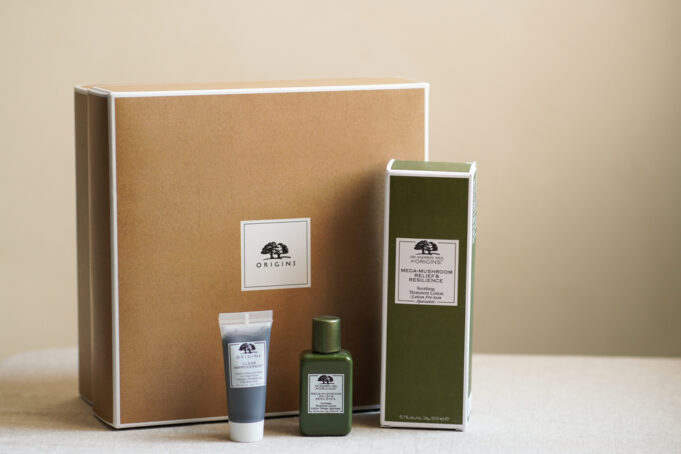An artisanal business combines the often rural based home spun techniques that are lost when products get scaled up and taken into large scale manufacturing facilities, but that doesn’t mean that premium marketing tactics such as packaging should be forgotten.
Your product is still going to be competing with the big brands – and when you consider that your premium product will probably be demanding a premium price, then the packaging needs to reflect the quality as well.
There is a lot of science behind what constitutes successful packaging. When you consider how much is invested in this part of your marketing it is no surprise that big firms invest considerable amounts of money into understanding what it is about the packaging that places one product above another. As a small artisanal company you can jump on the back of their investment by studying what they have executed in their packaging designs as a result, and repurposing some of the main tenets for your own benefit.
We have broken down the most important rules in packaging to help you.
Avoid over complication and go for clear, consistent and straightforward
Have you broken down your brand in terms of tone of voice, consistency of message, market positioning. Your branding needs to be consistent with all your marketing – whether it’s your website, product design, advertising and social media. If the product doesn’t match your public persona then there is a disconnect which will affect overall sales figures.
Most importantly, does the packaging actually represent the product. For example, if you’re selling fruity beers, but the packaging makes it look like a children’s drink, it could confuse the buyer – and a confused buyer doesn’t buy!
Is the packaging an honest depiction of the product?
While you want your packaging to be enticing, it does need to be representative of your product. We’ve all seen those photos of beautiful, succulent burgers, which actually turn out to look like a couple of brown patties and some limp lettuce between two insipid bread baps – not representative in the slightest!
This shouldn’t be an issue – most artisanal products are the result of pride and care, and as an entrepreneur it goes against the grain to create an inferior product.
Does it stand out?
Your product is going to be competing with a lot of other products on the shelf – some of which will be directly competing with you in terms of price point and quality, others will be cheaper and obviously aimed at a different market. Whatever your product, you want it to stand out. Even if you know there is going to be a certain demographic who won’t be buying your product, you want to have that aspirational appearance that drives future clients.
So how you sit on a shelf – your shelf appeal – is crucial. When designing packaging, work out how you want it to look when you stack the products together and create that shelf appeal.
Cost of packaging
Don’t forget that the cost of your packaging needs to be absorbed into the cost of the product as a whole. You need to take into account functionality, sustainability, recyclability, and transportation issues. Is the packaging protective enough of the product itself? Does it reflect your own business values? Is it easy to get into? (Often older people struggle to open packaging). Does the look of packaging reflect the premium [rice of the product itself, or does it make it look cheap and not reflect the actual brand values that you are aspiring to?










